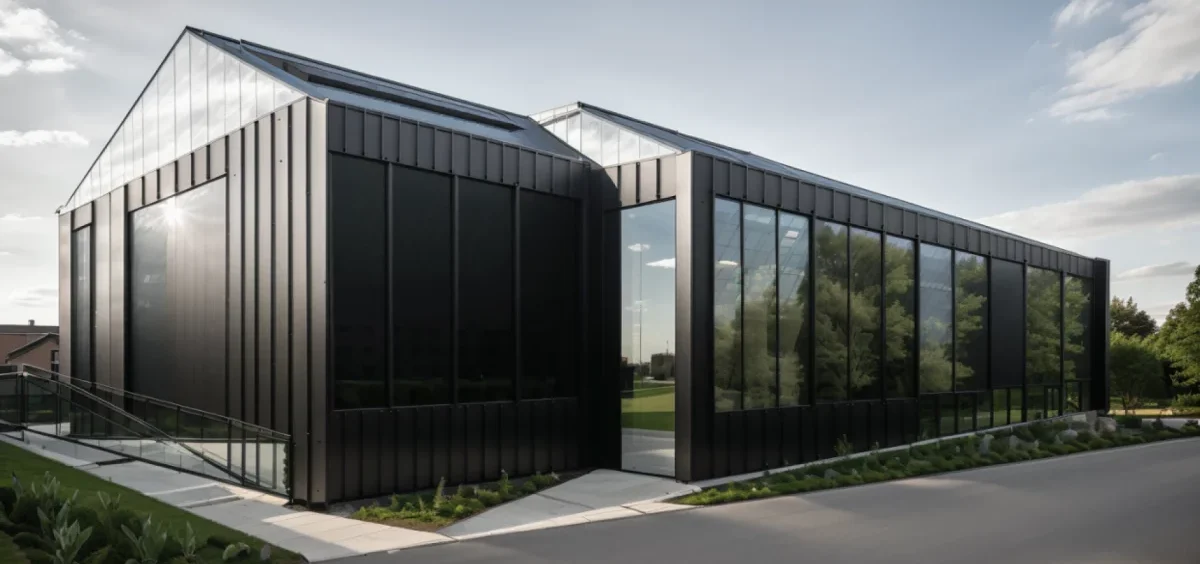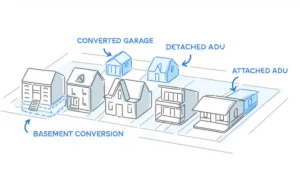News

Ohio cities want more housing options. Could the solution be in their backyards?
By: Kendall Crawford | The Ohio Newsroom
Posted on:
CINCINNATI (The Ohio Newsroom) — Some Ohio cities are looking for more affordable housing options in their own backyard.
This year, Columbus launched a pilot program to explore the value of accessory dwelling units, or ADUS: small, independent dwellings that sit on the same lot as a single family home. Dayton is also considering relaxing its zoning codes to encourage more ADUs within the city. Mount Vernon, a small community in central Ohio, even passed an emergency ordinance to allow the construction of the so-called in-law suites amid its housing shortage.
The small city of Cleveland Heights is encouraging the use of ADUs through a design competition. Architects and residents alike were invited to submit their vision for using ADUs in their community. City planner Eric Zamft said it helped the northeast Ohio city explore creative ways to allow its older generation to “age in place”.
“We’ve found that there’s a lot of challenges in providing housing opportunities for people that are either trying to start out in homeownership or trying to downsize,” Zamft said. “So, an accessory dwelling unit is a perfect opportunity for those people to stay living independently and live with dignity.”
Allowing ADUs
Cincinnati was the first Ohio city to legalize ADUs in 2023. But, the concept has been slow to catch on. Cincinnati only received four permit requests in its first year of ADUS being permitted, according to reporting by the Cincinnati Enquirer.

“It’s still going to be a price that’s probably out of a lot of people’s range. And so that’s why I think we’re seeing limited success in Cincinnati and really throughout the country,” he said.
Plus, in some communities, residents have concerns about how the dwellings could change the character of a community or increase traffic to small neighborhoods. That’s why Zamft said it was important that Cleveland Heights hear from residents about how they’d like to see ADUs incorporated.
Easing the process
Cleveland Heights’ competition didn’t just get more people thinking about ADUs and their potential, Zamft said. The winning designs, which were announced in December, are now being developed into pre-approved, buildable plans that residents can adopt free of cost.
“[It will be] a lot quicker, a lot cheaper,” Zamft said. “And hopefully that will lead to more people trying to do this.”
The nonprofit Greater Ohio Policy Center hopes to expand this model across the state. They are working on creating a zoning reform toolkit, with pre-approved ADU plans, for Ohio communities interested in exploring this type of housing.
That could help communities like Columbus, Dayton and Mount Vernon who think ADUs could benefit their residents.

